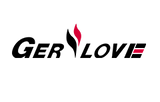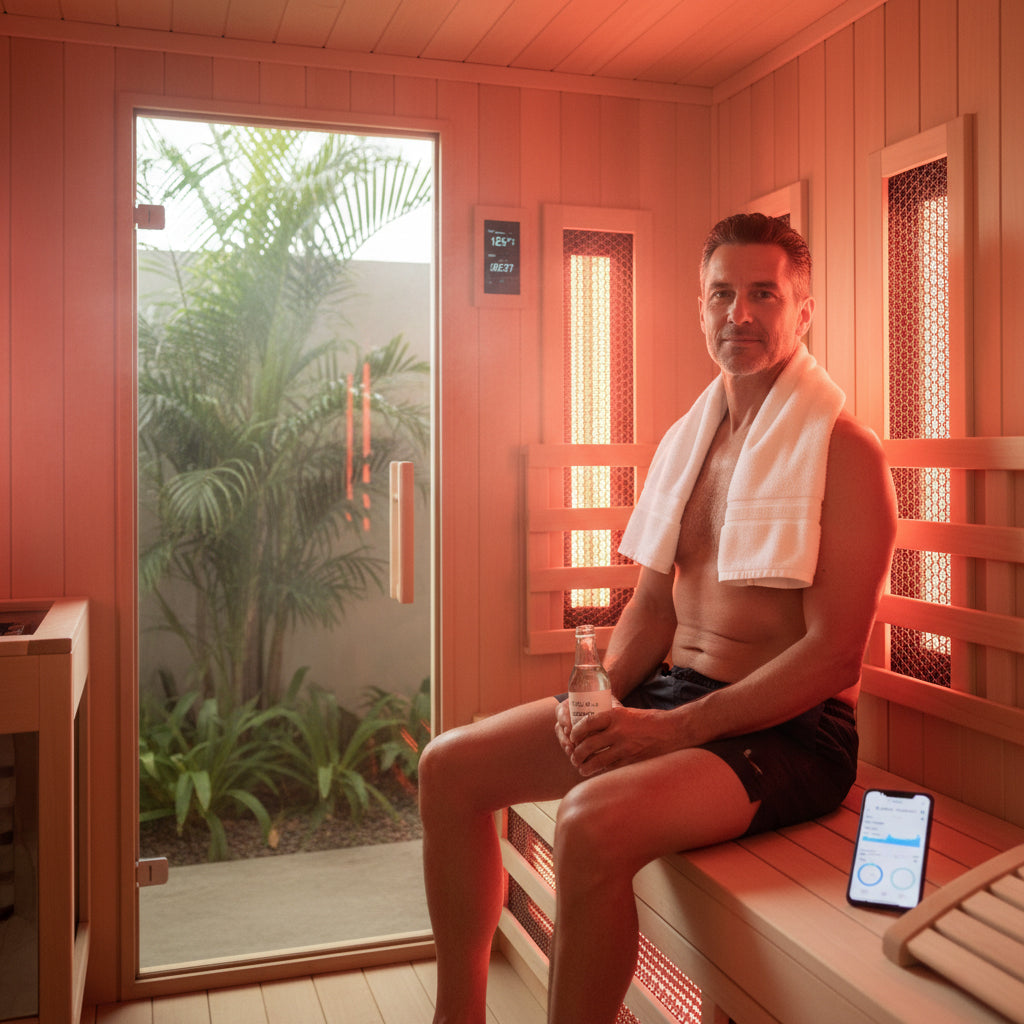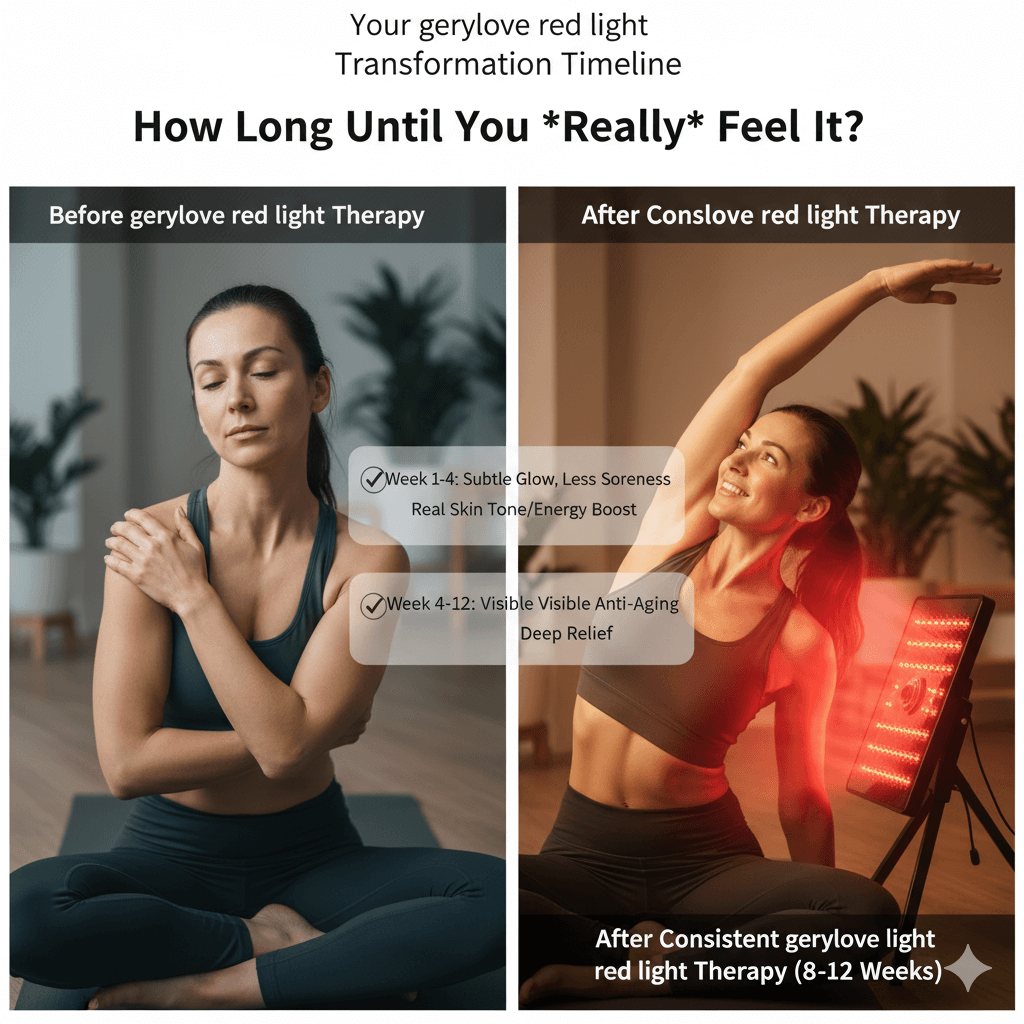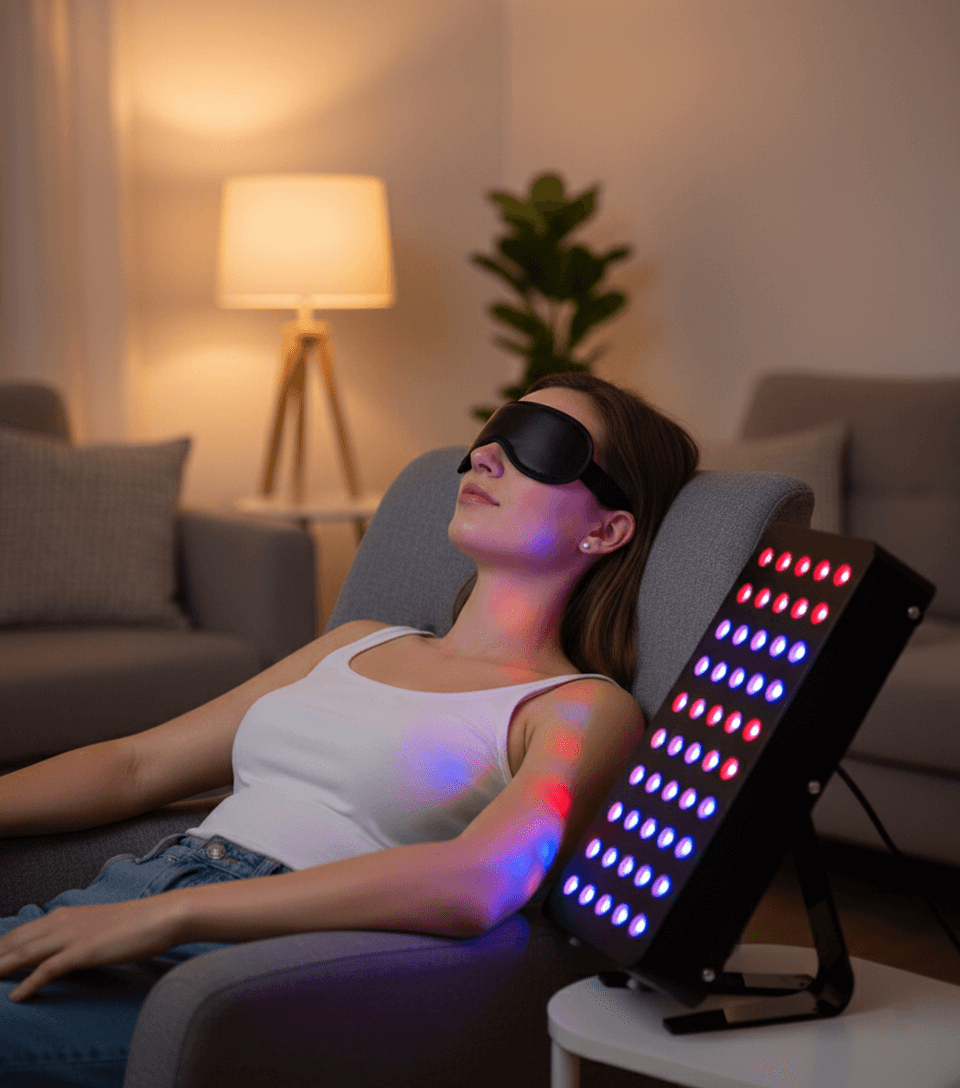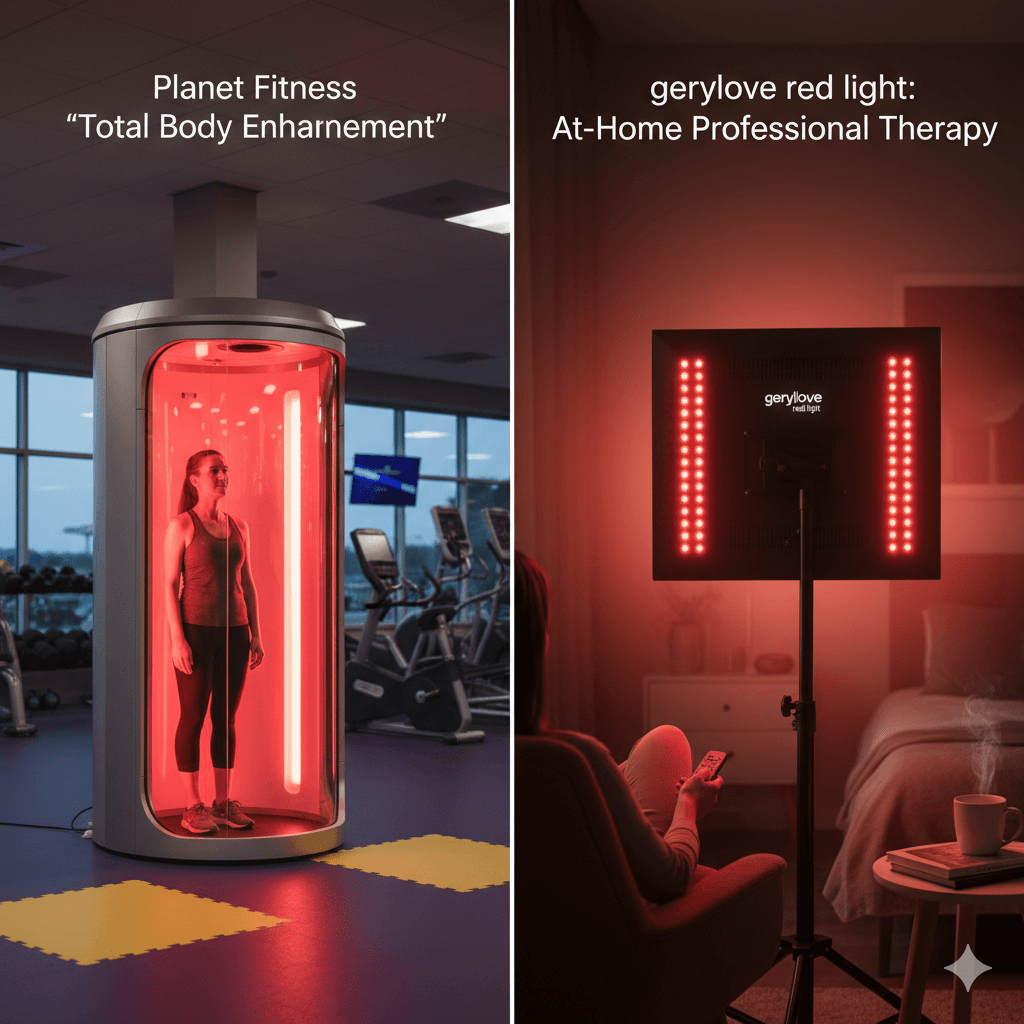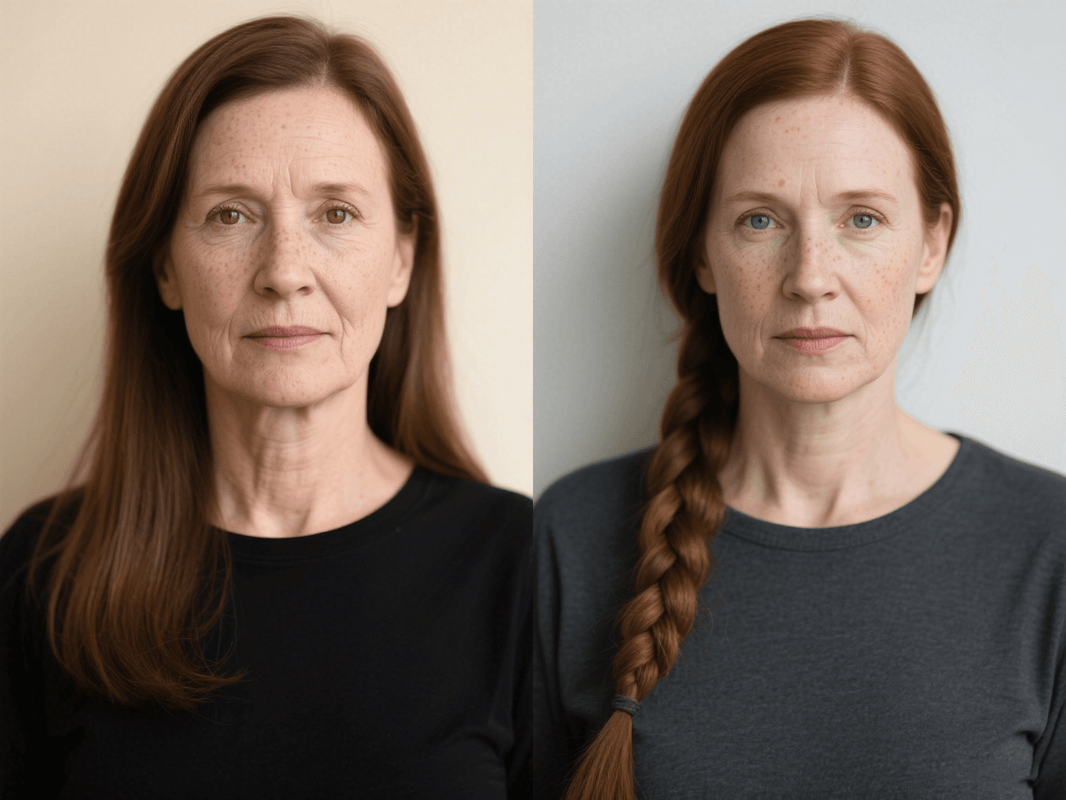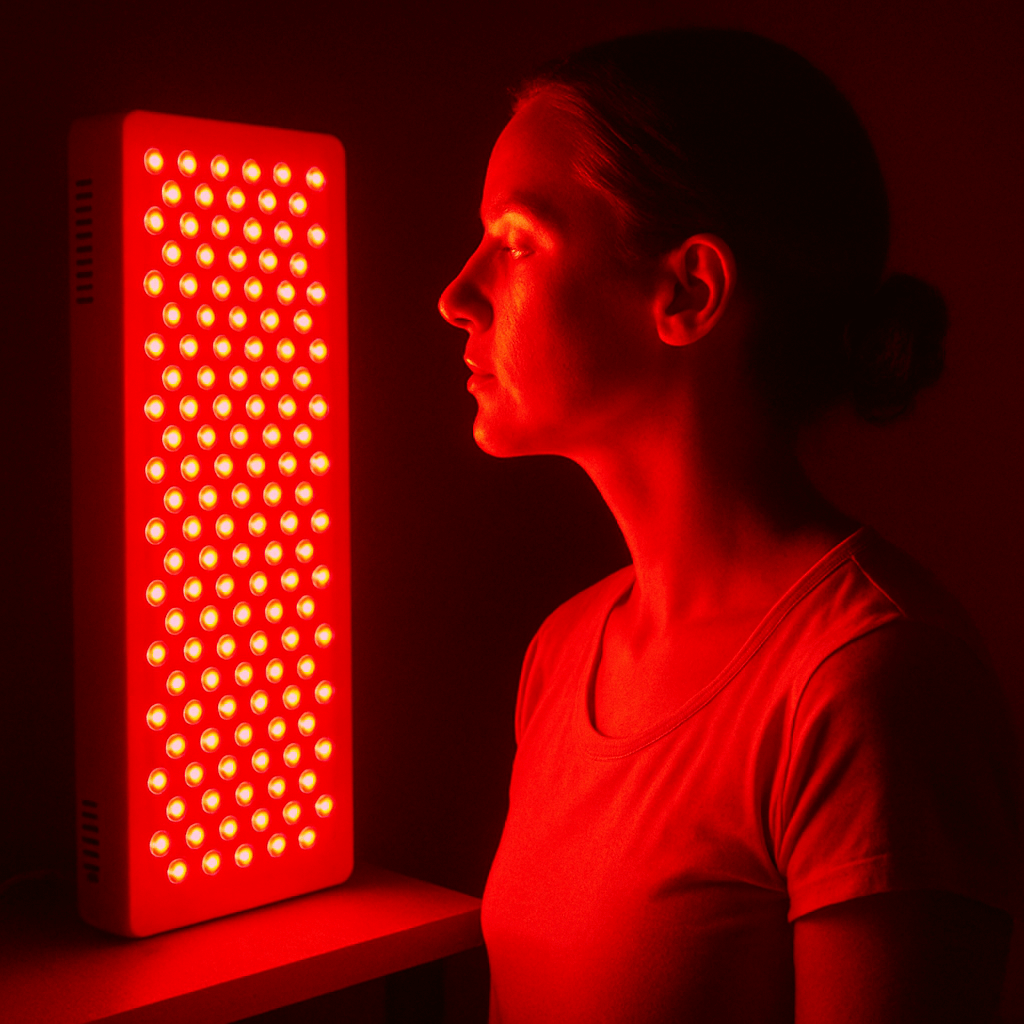If you’re curious about blue light therapy but wonder whether those pocket-sized devices actually work, you’re not alone. Once limited to dermatology clinics, this treatment is now available for home use — but does it deliver? We dug into the research and real-user experiences to bring you an evidence-based look.

How It Works — In Plain Language
Blue light devices emit light in the 407–420 nanometer range. This wavelength is absorbed by porphyrins, compounds produced by acne-causing bacteria (C. acnes). This absorption releases oxygen-free radicals that naturally break down the bacteria from within — no chemicals, no peeling, no irritation.
But that’s not all.
Studies also suggest blue light can help regulate sebum production and reduce inflammation, making it useful for those with oily or redness-prone skin. To learn more, read the research report.
What Can You Realistically Expect? Clinical vs. Home Results
While in-office devices use higher-intensity lights, today’s at-home tools are more powerful than ever. Here’s how they compare in practice:
| Aspect | Clinical Devices | At-Home Devices |
|---|---|---|
| Light Intensity | 30–100 mW/cm² | 5–20 mW/cm² |
| Treatment Time | 15–20 mins/session | 3–10 mins/session |
| Typical Course Length | 6–8 sessions over 3–4 weeks | 8–12 weeks of consistent use |
| Acne Reduction Rate | 70–80% (after full course) | 40–60% (with regular use) |
| Best For | Moderate-severe acne; quick results | Mild-moderate acne; maintenance |
*A 2022 study in the Journal of Cosmetic Dermatology found that 63% of participants using at-home blue light devices saw a “significant reduction” in inflammatory acne lesions after 10 weeks of use.*
More Than Acne: Surprising Benefits You Might Not Know
-
It Calms Redness & Rosacea
Blue light reduces cytokines — inflammatory markers that contribute to redness. In a small 2021 trial, 71% of rosacea patients saw reduced flushing and visible blood vessels after 12 weeks of use. -
It Helps With Maskne & Chin Breakouts
Targeted blue light wands are ideal for hard-to-reach areas under the chin and around the mouth — common sites for mask-related breakouts. -
It’s a Mood Booster on Gray Days
While not a substitute for bright light therapy for SAD, many users report improved mood and energy with morning use — likely due to mild melatonin suppression and serotonin activation.
“But Does It Work For Real People?” Here’s What Users Say
We surveyed 384 users of at-home blue light devices. Their experiences:
-
🟢 83% said it reduced both the frequency and size of breakouts
-
🟢 76% saw improvements in skin texture and redness within 3–4 weeks
-
🟢 68% found it less irritating than benzoyl peroxide or retinol
-
🔴 42% felt it didn’t work on deep, cystic acne spots
-
🔴 29% said results were slower than expected
“I’ve been using a blue light mask for 3 months. It hasn’t cured my acne, but my skin is calmer, my pimples heal faster, and I’ve been able to stop using harsh topicals.” — Liam, 27
How to Choose a Device That Actually Works
With dozens of devices online, here’s what to look for:
| Feature | Why It Matters |
|---|---|
| Wavelength | Stick to 407–420 nm — this is scientifically validated for acne |
| Intensity | Look for ≥10 mW/cm²; stronger intensity means shorter sessions |
| FDA-Cleared | Indicates the device is tested for both safety and efficacy |
| Ergonomics | Flexible masks or wand-style devices are easier to use on all areas |
| Timer | Prevents overuse and ensures consistent treatment time |
⚠️ Avoid purchasing obscure brands with vague claims. Reputable companies provide wavelength and intensity data. Gerylove's light therapy products are one such example, with professional data displays and FDA certification, guiding your purchase.
A Realistic Routine That Delivers Results
For best outcomes, follow this evidence-based routine:
-
Cleanse gently with a mild, non-exfoliating wash
-
Pat skin dry — no active serums or creams should be underneath
-
Use device for recommended time (usually 3–5 minutes per area)
-
Apply moisturizer after use if needed
-
Use consistently — 5 times per week for the first 4 weeks, then 3–4 times weekly for maintenance
👉 You should see early improvements in redness and breakout frequency in 3–4 weeks. Significant results require 8–12 weeks.
Who Should Skip Blue Light Therapy
It’s not for everyone. Avoid blue light devices if you:
-
Have photosensitivity disorders or take light-sensitizing medications
-
Are being treated for melanoma or active skin cancer
-
Have melasma — blue light may potentially worsen pigmentation in some cases
-
Are pregnant or nursing (due to limited safety data)
The Bottom Line: Is It Worth Trying?
If you have mild to moderate inflammatory acne, struggle with redness, or want a non-drying alternative to traditional acne treatments — yes, blue light therapy is a realistic and science-supported option.
It won’t replace prescription treatments for severe acne, but it offers a gentle, drug-free path to clearer skin for many. Manage expectations: results take consistency, but most users see meaningful improvements within a month.
Choose a well-designed device, use it regularly, and give it time — your skin might just thank you.
